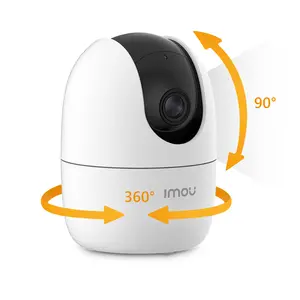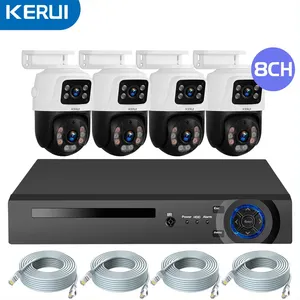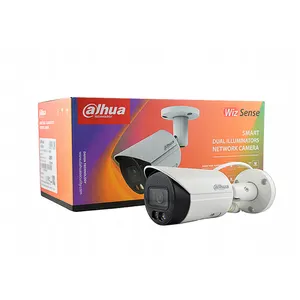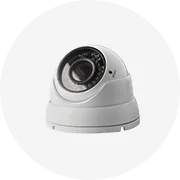Phổ biến trong ngành của bạn






Đèn LED Hoạt Động Bằng Pin Đèn Dưới Tủ Gắn Cảm Biến Chuyển Động Không Dây Từ Tính
169.544 ₫ - 197.505 ₫
Đơn hàng tối thiểu: 1 Cái

- 10%






Dưới nhà bếp Led tủ đèn chiếu sáng không dây có thể sạc lại cảm biến chuyển động Tủ ánh sáng cho tủ quần áo đồ trang sức phòng khách
Sẵn sàng vận chuyển
74.224 ₫ - 85.662 ₫
Đơn hàng tối thiểu: 100 Cái
Vận chuyển mỗi chiếc: 45.754 ₫







Đèn Chiếu Sáng Nhà Bếp Chứng Nhận Ce Rohs Công Tắc Cảm Biến Chuyển Động Phòng Tắm Đèn Tủ Quần Áo Trên Đèn Led
114.385 ₫ - 358.406 ₫
Đơn hàng tối thiểu: 2 Bộ







Hot bán 40cm 60cm 80cm 100cm Home Closet chiếu sáng có thể sạc lại LED Closet ánh sáng cảm biến chuyển động
76.257 ₫ - 96.592 ₫
Đơn hàng tối thiểu: 10 Cái
Vận chuyển mỗi chiếc: 119.469 ₫

- 10%






USB có thể sạc lại cảm biến chuyển động từ dưới tủ bếp đồ trang sức tủ quần áo ánh sáng siêu mỏng dẫn đèn tủ
Sẵn sàng vận chuyển
78.799 ₫ - 87.187 ₫
Đơn hàng tối thiểu: 100 Cái
Vận chuyển mỗi chiếc: 28.724 ₫







Sản Phẩm mới Bán Buôn Tiết Kiệm Năng Lượng Xách Tay Ấm Trắng led cảm biến Ánh Sáng ngăn kéo cho ngăn kéo
127.095 ₫ - 203.351 ₫
Đơn hàng tối thiểu: 10 Cái






Nhỏ cầm tay cảm biến chuyển động ánh sáng ban đêm trong nhà
72.444 ₫ - 94.050 ₫
Đơn hàng tối thiểu: 2 Cái






Công Tắc Đèn LED Cảm Biến Chuyển Động Không Dây Đèn Ngủ Di Động Cho Tủ Quần Áo, Phòng Tắm, Cầu Thang
71.173 ₫ - 88.966 ₫
Đơn hàng tối thiểu: 100 Cái






Trong Nhà Tự Động LED Motion Sensor Night Lamp Cơ Thể Di Động Cảm Biến Ánh Sáng Ánh Sáng Ban Đêm Với Cảm Biến
41.942 ₫ - 59.735 ₫
Đơn hàng tối thiểu: 2 Cái






USB Sạc Closet Lights Motion Sensor 10 LED Di Động Không Dây Light Bar Tủ Bếp Closet Ánh Sáng Ban Đêm Với Nam Châm
Sẵn sàng vận chuyển
92.779 ₫ - 100.405 ₫
Đơn hàng tối thiểu: 10 Cái
Vận chuyển mỗi chiếc: 58.464 ₫






Đèn Ngủ Đầu Giường Lonvis Đèn Ngủ Cảm Ứng Cảm Biến 3d Đèn Ảo Ảnh Di Động Usb 16 Màu Đèn Có Thể Sạc Lại
Sẵn sàng vận chuyển
330.446 ₫ - 353.322 ₫
Đơn hàng tối thiểu: 2 Cái
Vận chuyển mỗi chiếc: 1.050.816 ₫






Đáng Yêu Mềm Silicone Cảm Ứng Cảm Biến Ánh Sáng Ban Đêm Di Động
223.178 ₫ - 240.717 ₫
Đơn hàng tối thiểu: 50 Cái
Các danh mục hàng đầu
Giới thiệu về đèn cảm biến cầm tay
Alibaba.com cung cấp các sản phẩm 26861 đèn cảm biến cầm tay. Có rất nhiều đèn cảm biến cầm tay lựa chọn dành cho bạn, chẳng hạn như tủ, nhà bếp, và dưới tủ. Bạn cũng có thể chọn từ cảm biến, on/off chuyển đổi, và cảm biến chuyển động đèn cảm biến cầm tay. Cũng như từ tự động cad bố trí, dự án cài đặt, và dialux evo bố trí đèn cảm biến cầm tay.Và bất kể đèn cảm biến cầm tay là xuống, lên.














